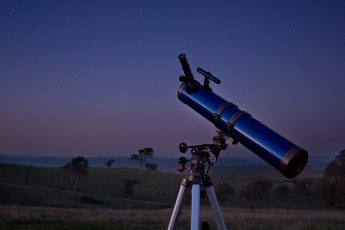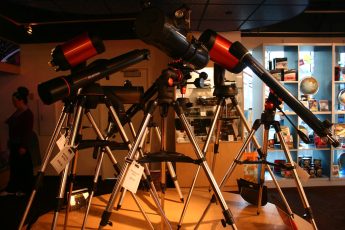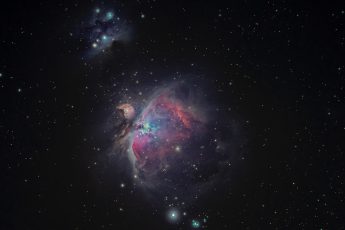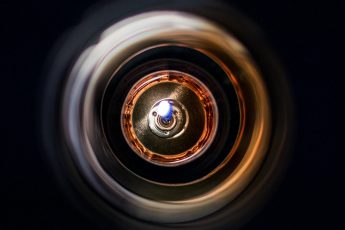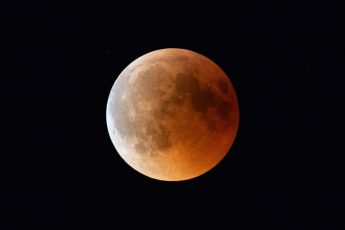The night sky is the most beautiful thing to behold. It’s a reminder that we live on a planet that’s part of a solar system and galaxy, and it can be an incredible source of wonder if you know how to look at it. In this article, I’ll tell you about some of the most awe-inspiring things in our universe, from comets and shooting stars to eclipses and more!
Moon
The moon is the closest thing to us in the sky, but it’s over 360,000 kilometers away from Earth! The moon orbits our planet every 28 days, and it is not round but rather oval-shaped. You may have heard that the moon is made of cheese or some other substance you can eat, but this is not true. It’s primarily rocky material with some ice on top.
Jupiter
Jupiter is the fifth planet from the sun and the most giant planet in our solar system. It’s a gas giant, so it doesn’t have a solid surface. Jupiter is also surrounded by a thin ring of dust particles that orbit at different speeds depending on how close they are to Jupiter’s center or outer edge. This means that if you were looking at it from above, you would see one large circle around an enormous center spot (which makes sense given that this is how we see Jupiter: as round).
The planetary system also has 67 moons, including Io, Europa, and Ganymede, which are known for their volcanic activity; Callisto, which has no active volcanoes; Amalthea, which orbits between Io and Ganymede; Himalia, which orbits in between Europa and Ganymede; Elara, which orbits between Calisto & Himalia; Pasiphaë orbiting out beyond Callisto.
Mars
Mars is the fourth planet from the sun and has two moons, Phobos and Deimos. Mars is red because of iron oxide (rust). The atmosphere on Mars is fragile, so it is not suitable for life as we know it. There are polar ice caps on Mars made up mostly of frozen carbon dioxide which freezes out when night falls and warms up during the day due to heating by sunlight.
Venus
Venus is the second planet from the sun and a bright object in our night sky. Its atmosphere is made of carbon dioxide, which gives it its bright yellow color. It’s so bright that it can be seen even when it’s not visible in the day sky.
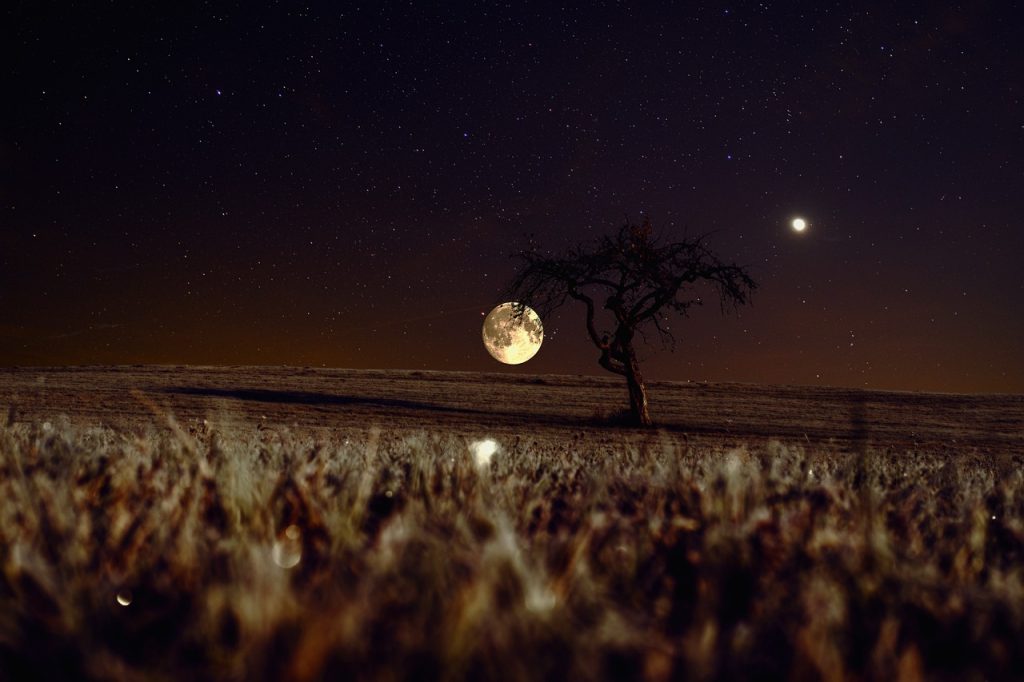
While Venus has no moons, it does have an almost circular orbit around its parent star. The planet takes 224 days to complete one revolution (or year) around the sun and rotates once every 243 days (or two weeks). The surface of Venus is hot enough to melt lead—at least 500 degrees Celsius (932 Fahrenheit)—and scientists think this heat comes from its core being hot enough for partial nuclear fusion reactions to occur there as well!
Earth’s shadow on the moon
When the moon passes through Earth’s shadow, it can take on a variety of beautiful colors. The moon is often described as orange, red, or brown during this time period because of the way light is filtered through our atmosphere.
The only way you can see an eclipse is if you are in the path of totality. If you are located away from this area and looking at the moon, you will see a partial eclipse where only part of it appears darkened by Earth’s shadow. People who live outside of this path will never witness one!
Eclipses, both lunar and solar
- Eclipses are a fantastic sight to behold. They can be seen with the naked eye (though not comfortably), and they’re easily photographed with a simple point-and-shoot camera. If you’re interested in learning more about eclipses, check out our handy guide on photographing a solar eclipse.
- The key thing to remember about lunar and solar eclipses is that they only occur when an object passes directly between Earth and the sun: either the moon or another planet will align with our planet’s orbit around the sun, blocking its light for part of its path across our sky.[3]
Rings of Saturn
The rings of Saturn are the second brightest objects in our solar system, after the sun. They’re made up of chunks of ice and rocks that orbit around Saturn and are incredibly far from the planet itself. They only have one moon (named Mimas), and it’s not much bigger than our own moon!
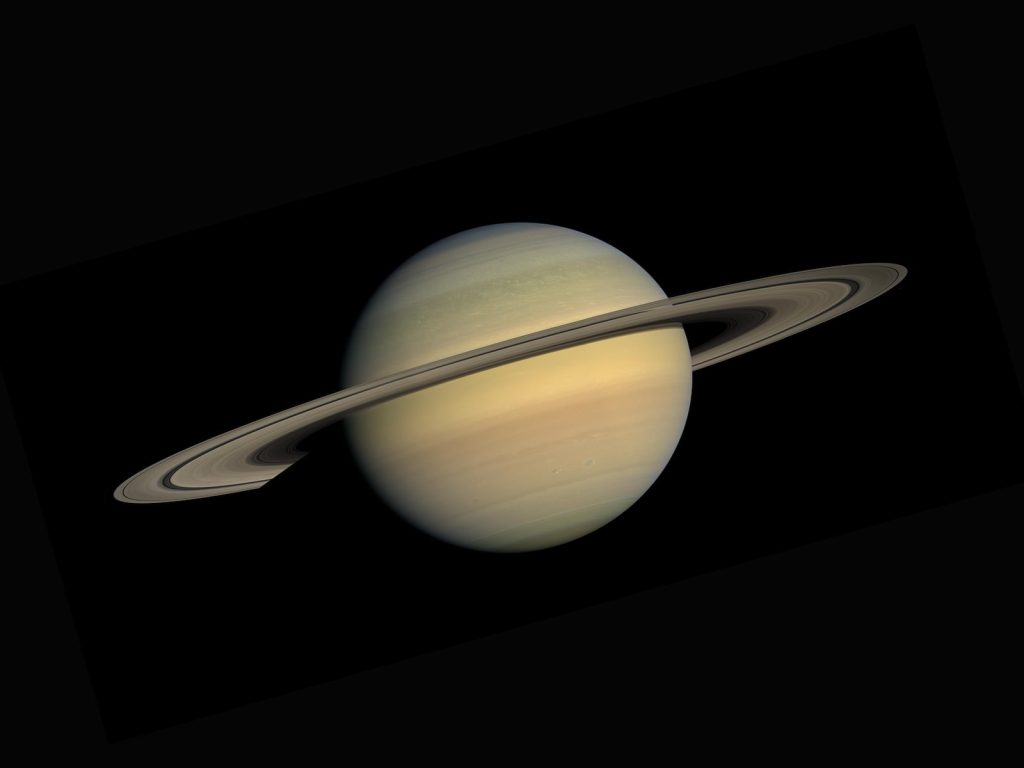
The rings are so far away from Saturn that they can’t be seen with your naked eye; you’d need a telescope to see them. But if you have a good pair of binoculars or a small telescope at home, take them out on a starry night for another adventure in astronomy.
Andromeda galaxy
The Andromeda galaxy, also known as Messier 31, is the closest spiral galaxy to our Milky Way. It is around 2.5 million light-years away from Earth and is approximately 220,000 light-years across. The Andromeda galaxy can be seen with the naked eye in dark skies as the most distant object visible to the human eye. It appears to us as a star because it looks like one; however, if you were on one of its planets, you would not be able to see any other stars (unless they happened to be close enough).
The Andromeda galaxy has two smaller galaxies within its gravitational influence: M32 and M110 (both dwarf elliptical galaxies).
Perseid meteor shower
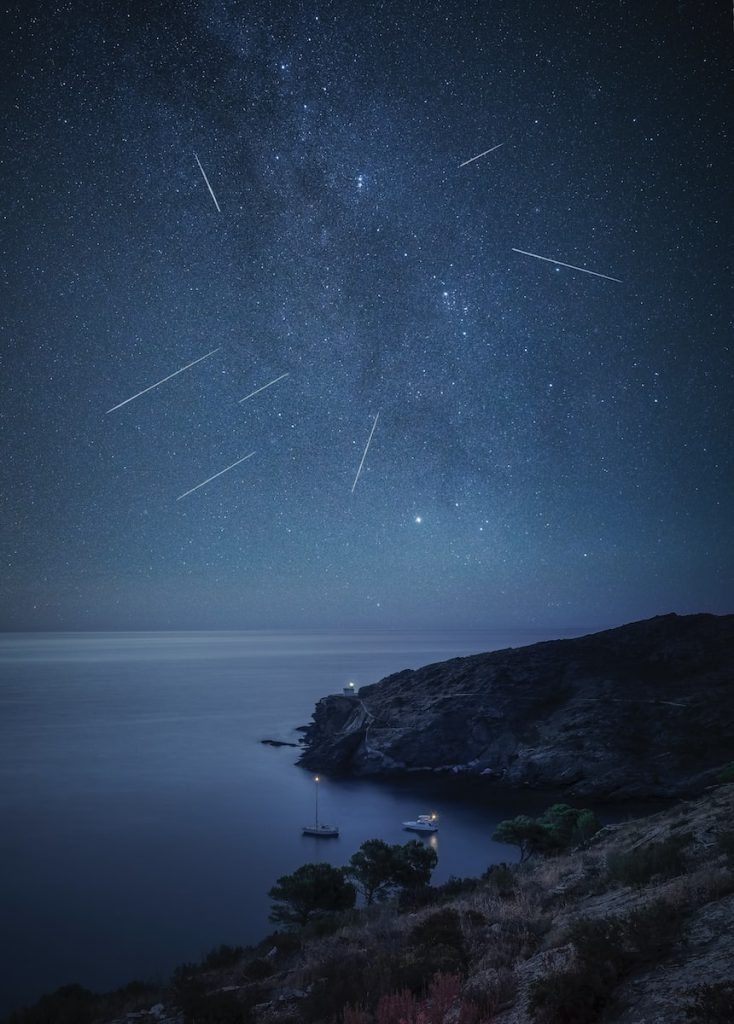
The Perseid meteor shower is one of the most popular celestial events in the world because it occurs every summer. You’ll be able to see this event from mid-July into August, but peak activity is typically around August 12th. The best time to look is between midnight and dawn on that date—not only will there be more meteors streaking across the sky, but it will also be easier for you to spot them against a dark backdrop!
If you do catch sight of one, remember that when watching from inside your home or apartment (or any other lighted location), your eyes may take up to 20 minutes after being exposed to bright lights before they adjust correctly again. So if it takes longer than 20 minutes for your vision to return fully after looking at something bright, then you won’t be able to see many stars unless all sources of light are turned off first—and even then, you may still struggle with shading due to glare from outside streetlights or nearby lampposts.
Shooting stars during daylight hours.
Shooting stars are one of the most exciting things to see in the sky. They do not stars, but bits of space debris burn up as they enter our atmosphere at high speeds. It’s possible to see shooting stars during daylight hours—but you have to know when and where to look.
The best time is early morning or late evening; they’re also visible in winter. To maximize your chance of seeing them, look east or west away from the sun and ensure that there isn’t any light pollution from nearby towns or cities that might obscure their visibility.
The more you know about shooting stars, the more enjoyment you can get out of observing them!
Never be afraid to look up and dream big!
This phrase has been a mantra of mine since I was a child. Though it’s simple, it holds so much power. It can keep you going when things get tough, reminding us that we should never stop believing in ourselves and our dreams. Whether your goal is to be an astronaut or just want to learn more about space exploration, look up! You don’t need fancy equipment or training; your eyes are all you’ll need (and maybe some binoculars).
Conclusion
So, what are you waiting for? Go out and look up! The stars are calling your name. We hope this article has encouraged you to explore the night sky in more depth, so read up on some astronomy books or websites about constellations and planets. You might even be able to see some of these phenomena in person, depending on where you live!

